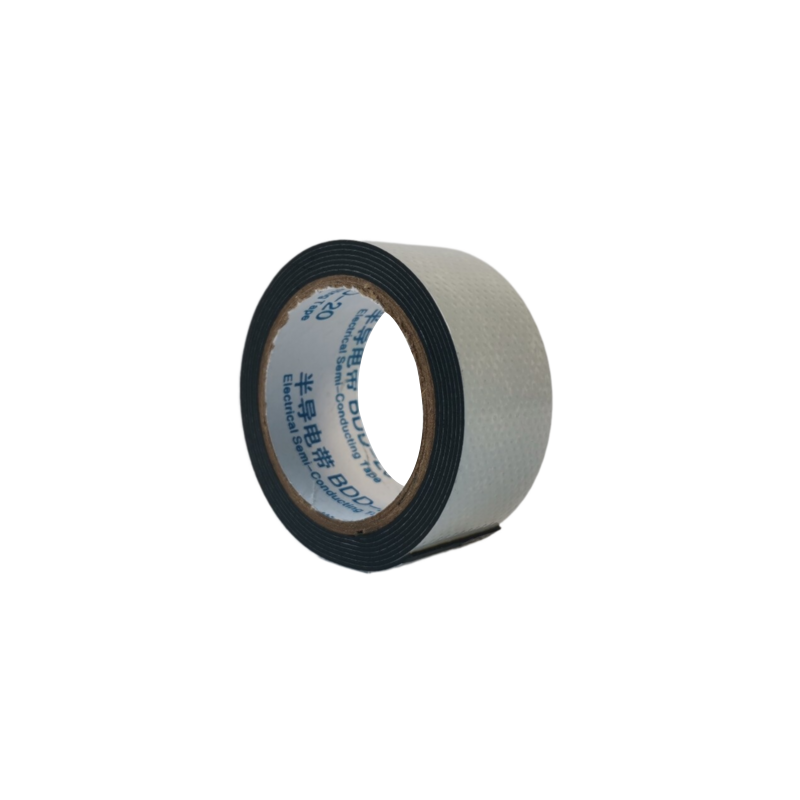Floor Marking Tape for Warehouses An Essential Tool for Efficiency and Safety
In today's fast-paced industrial environment, facilities management is crucial for ensuring efficiency and safety. One of the most effective yet often overlooked tools in warehouses and industrial settings is floor marking tape. This simple product can lead to significant improvements in organization, workflow, and safety standards.
What is Floor Marking Tape?
Floor marking tape is a high-performance adhesive tape designed specifically for marking floors in warehouses, factories, and other industrial environments. Unlike traditional masking tape, floor marking tape is durable, resistant to wear, and often designed to withstand heavy foot traffic and vehicular movement. Available in various colors, sizes, and patterns, it can be used to create designated pathways, loading zones, storage areas, and safety boundaries.
The Importance of Organization in Warehouses
Warehouses often deal with complex logistics, including the movement of goods, inventory management, and staff workflows. Disorganization can lead to decreased efficiency, increased error rates, and even accidents. By implementing a robust floor marking system, facilities can significantly enhance their operational efficiency.
When items are stored without proper organization, it can be challenging for staff to locate them. This can lead to wasted time and delays in order fulfillment. Properly marked areas help employees find items quickly, improving productivity and reducing frustration.
Enhancing Safety with Floor Marking Tape
Safety is perhaps the most critical aspect of any warehouse operation. According to the Occupational Safety and Health Administration (OSHA), a significant number of workplace injuries happen in warehouses due to improper organization and lack of clear visual cues. Floor marking tape provides a visual representation of safe zones, traffic routes, and restricted areas.
floor marking tape for warehouse

For instance, using bright yellow tape to delineate walkways helps ensure that employees stay in designated paths, reducing the risk of being struck by moving equipment such as forklifts. Red tape can indicate hazardous areas or equipment, warning employees to exercise caution. By clearly marking these areas, floor marking tape contributes to a culture of safety within the workplace.
Versatility and Customization
One of the most significant advantages of floor marking tape is its versatility. It can be applied to various surfaces, including concrete, wood, and laminate. This adaptability makes it suitable for different warehouse environments, whether for a small storage facility or a large industrial complex.
Additionally, many manufacturers offer customizable options, allowing businesses to create specific markings that meet their unique operational needs. This customization can include logos, specific labels, or even printed messages, enabling companies to tailor the visual cues to their brand identity and operational specifications.
Cost-Effectiveness and Ease of Implementation
Investing in floor marking tape is a cost-effective solution for enhancing organization and safety. Unlike permanent floor paint, which can be expensive and time-consuming to apply, floor marking tape is relatively inexpensive and easy to install. It usually requires minimal preparation and can be applied by existing staff with no special training.
If a layout change is needed, the tape can be removed and reapplied without damaging the floor underneath. This flexibility allows warehouses to adapt to changing operational needs rapidly.
Conclusion
Floor marking tape is not just a simple adhesive product; it is an essential tool for improving efficiency and safety in warehouse environments. By providing clear visual cues and organizing workflows, floor marking tape contributes to streamlined operations and a safer workplace. With the added benefits of versatility, customization, cost-effectiveness, and ease of implementation, it’s clear that any warehouse looking to enhance its operations should consider integrating floor marking tape into its management strategy. As industries continue to evolve, these small but significant changes can lead to remarkable improvements in productivity and safety standards.
-
XIANGFAN Rubber Tape-Ultimate Solutions for All Your Insulation NeedsNewsJun.24,2025
-
XIANGFAN Rubber Tape-Protection for Industrial and Residential ApplicationsNewsJun.24,2025
-
XIANGFAN Rubber Tape: Superior Safety and Sealing for Demanding EnvironmentsNewsJun.24,2025
-
XIANGFAN Rubber Tape: Reliable Solutions for Every Electrical ChallengeNewsJun.24,2025
-
XIANGFAN Electrical & Industrial Tape: Powering Reliability Across IndustriesNewsJun.24,2025
-
XIANGFAN Electrical & Industrial Tape: Excellence in Every ApplicationNewsJun.24,2025
